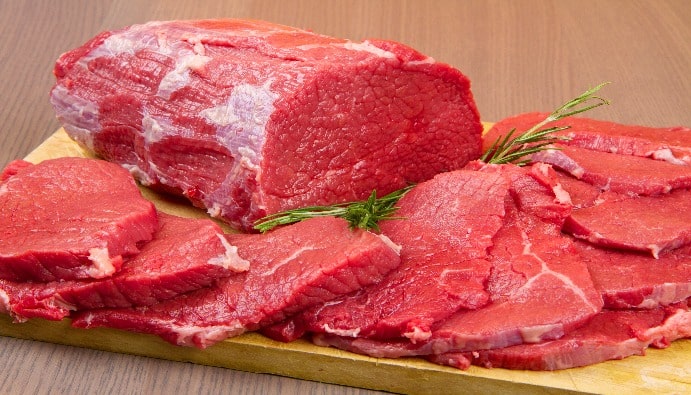Sterol Content and Composition Analysis: Quality of Oils
What Does Sterol Content and Composition Mean?

What are Sterols?
Sterols are organic compounds found mainly in vegetable oils, but also in animal and some other foods. The sterol content of oils is an indicator used to describe their quality, authenticity and type. Sterols form a family called the sterol group and each vegetable oil has a unique sterol profile.
The most commonly found sterols are the following:
- Beta-sitosterol: It is the most common sterol and is particularly high in olive oil.
- Campesterol: Another sterol found in olive oil and other vegetable oils.
- Stigmasterol: Found especially in vegetable oils such as soybean oil.
- Avenasterol: Found in oats and some other grains.
Why Analyze Sterol Content and Composition?
Sterol analysis fulfills several important purposes in the food industry:
- Determining the Quality of Fats: The sterol profile is an important criterion in determining the quality of oils. For example, the sterol content of extra virgin olive oil indicates its purity and quality. Sterol content is analyzed for purity, authenticity and classification of oils.
- Determining the Authenticity of Oils: Sterol analysis is used to check whether the oil has been adulterated. For example, if olive oil has been adulterated with other oils, its sterol profile can be analyzed to detect this adulteration. Different vegetable oils show different sterol profiles, which is used to understand the source from which the oils are derived.
- Food Safety and Legal Compliance: From a food safety perspective, it is important that oils carry the correct labeling. This analysis tests the accuracy of the type of oil indicated on product labels. Quality control of oils is essential for compliance with food codexes and international standards.
- Health Improvements: Sterols are compounds that can regulate cholesterol levels and improve cardiovascular health. So, sterol content may also be important in assessing some health benefits.
Importance of Sterol Content and Composition
Analysis of sterol content and composition is crucial for both food safety and health benefits:
- Food Quality and Safety: The sterol profile confirms the purity and quality of the product. Pure vegetable oils usually show a specific sterol profile. If the oils are mixed with other oils, the sterol profile changes to indicate this. In this way, fraudulent products can be detected.
- Shelf Life and Oxidation: Sterols can affect the oxidation stability of oils. High quality oils contain sterols with a low oxidation rate. This contributes to a longer shelf life of the oils.
- Health Effects: Sterols, such asbeta-sitosterol, can help regulate cholesterol levels and reduce the risk of cardiovascular disease. Therefore, the relationship between healthy fats and sterol content can be evaluated in terms of the health benefits of products.
Nanolab Laboratories Group continues to provide services within the scope of Sterol Content and Composition Analysis. We also provide services in Olive Oil Analysis.
Contact us for more information.
You can follow us on LinkedIn for up-to-date news and posts about our services.
Follow our Instagram account to be informed about our latest blog posts.

